Understanding the concept of specially designed instruction
Special Education law requires schools to provide Specially Designed Instruction (SDI) to meet the unique needs of students with disabilities. SDI is personalized teaching that helps students access the general curriculum. Teachers create individualized lesson plans, use various instructional strategies, materials, and technologies to support diverse learners. This tailored approach aims to break down barriers to learning and maximize each student’s potential.

Identifying diverse needs in learning
Teachers use assessments, classroom observations, and discussions with students to identify diverse learning needs. Some common indicators of diverse needs include differences in reading comprehension, attention span, language proficiency, and social skills. By recognizing these differences, educators can tailor instruction to meet each student’s unique requirements effectively.
Benefits of specially designed instruction
Specially designed instruction aims to address the individual needs of diverse learners. It provides personalized learning strategies and techniques to help students succeed. Some key benefits include:
- Tailored Approach: Specially designed instruction is personalized to each learner, considering their strengths and challenges.
- Improved Learning Outcomes: By catering to the unique needs of students, it enhances their understanding and retention of the material.
- Increased Engagement: Students are more likely to be actively involved in their learning when instruction is tailored to their abilities and preferences.
- Positive Learning Environment: This approach fosters a supportive and inclusive atmosphere where all students feel valued and respected.
Tailoring instruction for individual learning styles
Educators use specially designed instruction to customize teaching methods for different learning styles. By adapting teaching approaches to individual needs, students can grasp concepts more effectively. Through techniques like visual aids, hands-on activities, or personalized feedback, teachers can accommodate diverse learners, ensuring everyone has the opportunity to succeed.
Strategies for implementing specially designed instruction
To implement specially designed instruction effectively, consider these strategies:
- Identify Individual Needs: Understand each learner’s unique requirements.
- Personalize Learning: Tailor instruction to suit diverse learning styles.
- Set Clear Goals: Establish clear objectives for each learner.
- Use Varied Teaching Methods: Employ different techniques to cater to diverse learners.
- Provide Ongoing Support: Offer continuous help and resources as needed.
- Monitor Progress: Regularly assess and adjust instruction based on progress.
Addressing various learning challenges
Educators can use specially designed instruction to address various learning challenges effectively. This tailored approach helps meet the diverse needs of students by providing personalized support and strategies that cater to individual learning styles. Implementing these strategies can enhance student engagement and academic performance, creating a more inclusive learning environment for all students.
Collaboration between educators and specialists
Collaboration between educators and specialists is crucial when it comes to providing effective specially designed instruction for diverse learners. By working together, educators and specialists can combine their expertise to create personalized learning plans that cater to the unique needs of each student. This collaboration ensures that all aspects of a student’s learning requirements are addressed comprehensively. Teachers can provide valuable insights into the student’s daily learning experiences, while specialists can offer in-depth knowledge on various disabilities or exceptionalities. Ultimately, this teamwork results in a holistic approach to education that maximizes the potential for student success.
Evaluating the effectiveness of customized teaching methods
Research has shown that customized teaching methods are more effective in meeting the individual needs of diverse learners. By tailoring instruction to each student’s unique learning style and strengths, teachers can help them succeed academically. Individualized education plans and differentiated instruction are key strategies that can be used to implement specially designed instruction effectively. When teachers evaluate the impact of these customized teaching methods through student performance data and feedback, they can better understand the effectiveness of their approach and make necessary adjustments to further support their students’ learning and growth.
Ensuring inclusivity and equity in education
Specially Designed Instruction (SDI) ensures that all students receive personalized support to meet their unique learning needs. By tailoring instruction to each student, educators can create an inclusive and equitable learning environment. SDI promotes fairness by addressing individual strengths and challenges, fostering a supportive educational experience for diverse learners. This approach aims to provide equal opportunities for all students to succeed, regardless of their learning styles or abilities.
Conclusion: Empowering diverse learners through tailored instruction
Tailored instruction is a powerful tool for empowering diverse learners. By customizing teaching methods to meet individual needs, educators can support students of all abilities. Through specially designed instruction, students can thrive academically and reach their full potential. It is essential to recognize and celebrate the unique strengths and challenges of each learner to create an inclusive and supportive learning environment.
